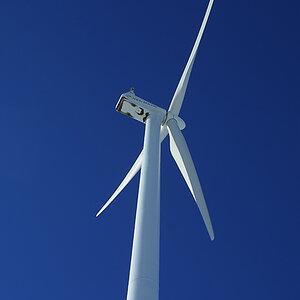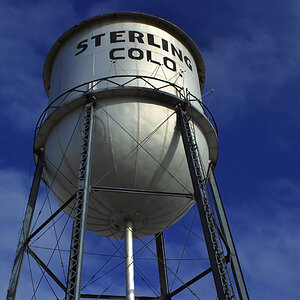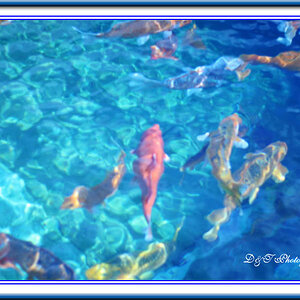kainu7
TPF Noob!
- Joined
- Jul 23, 2011
- Messages
- 17
- Reaction score
- 0
- Can others edit my Photos
- Photos NOT OK to edit
OK question about flash sync speed, how fast the shutter speed can be. my camera has a flash sync speed of 1-320 (auto FP) so does that mean the this is the fastest I can have the flashes shoot? Ive noticed none of the flashes have a sync speed listed on them...


![[No title]](/data/xfmg/thumbnail/34/34073-71bff52a53b8313ff2bcccab6b05f9b8.jpg?1619736266)
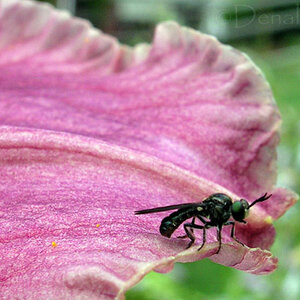


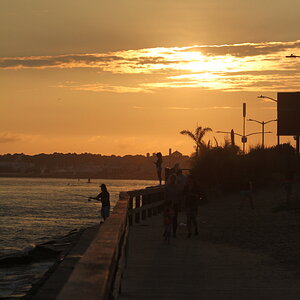
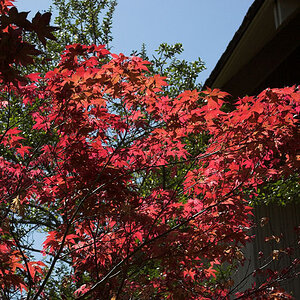
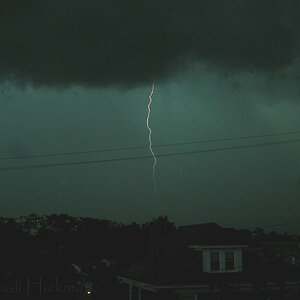
![[No title]](/data/xfmg/thumbnail/33/33340-27d18dd642b5257e4b9a04a4c1feffd1.jpg?1619735910)
